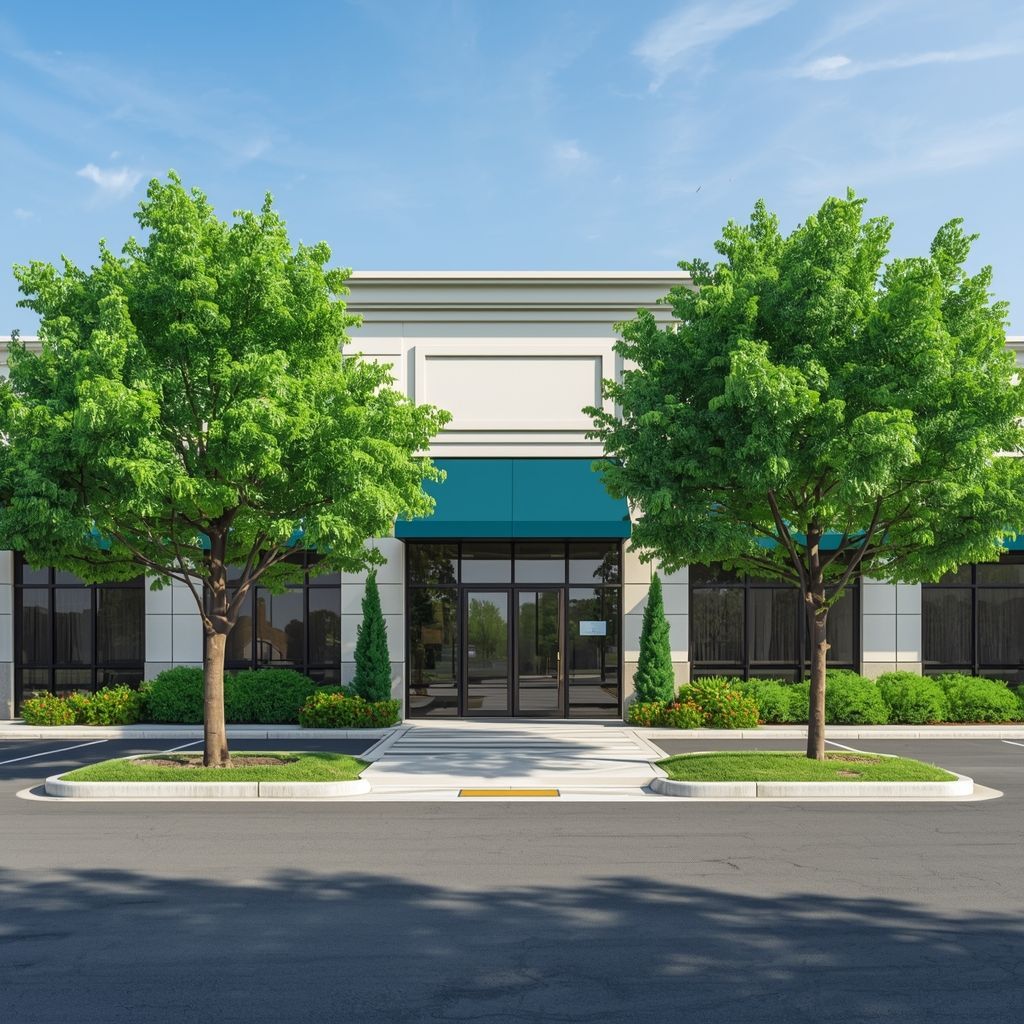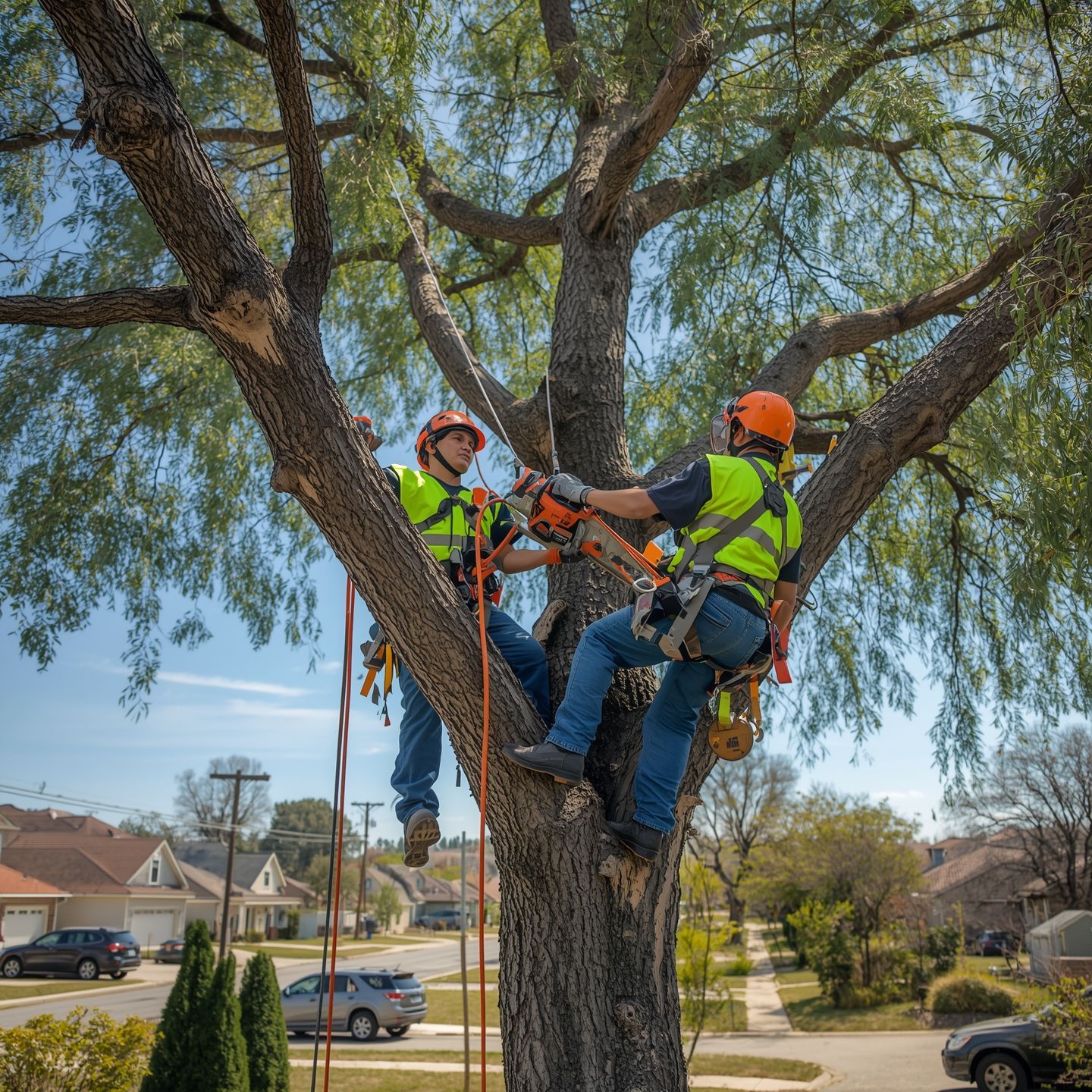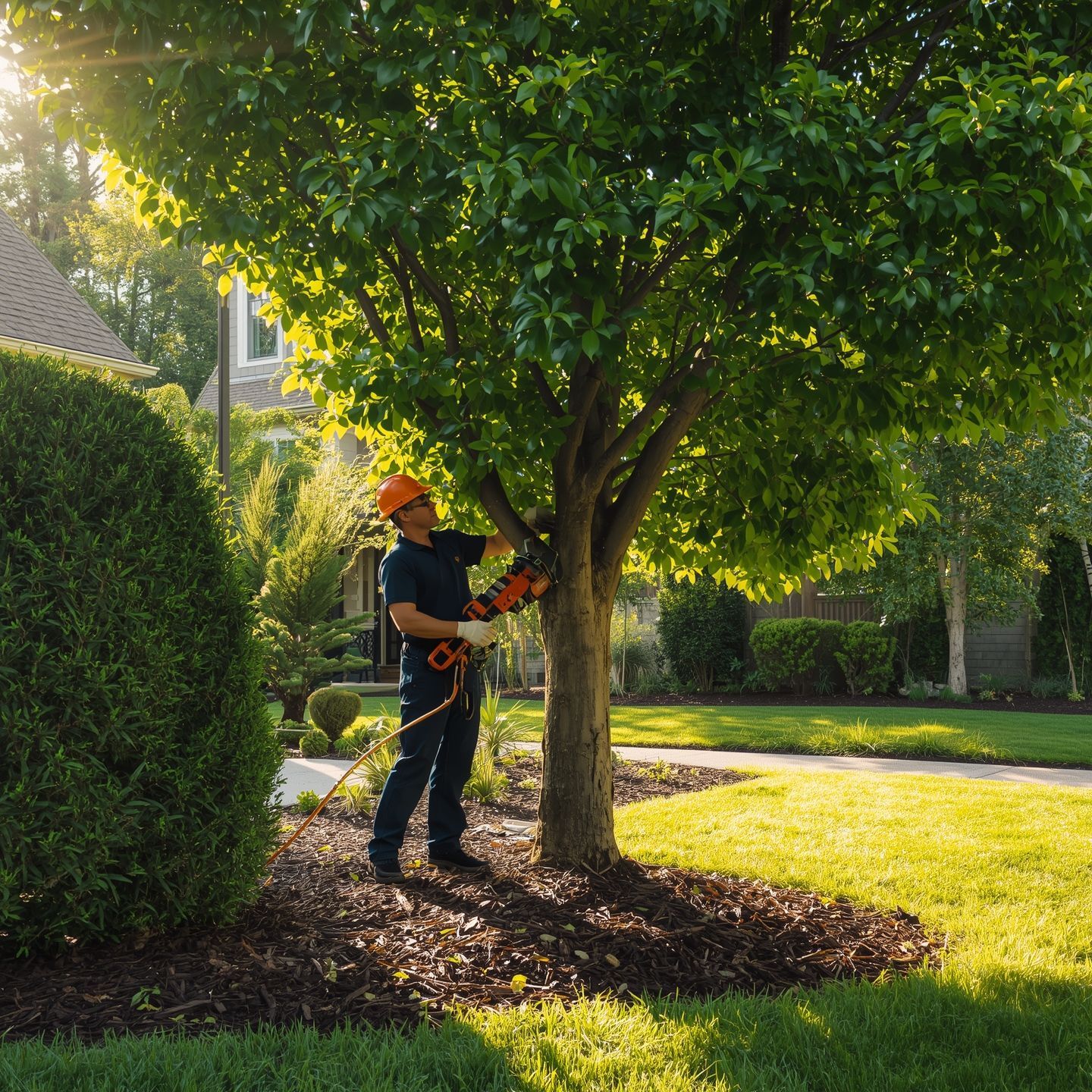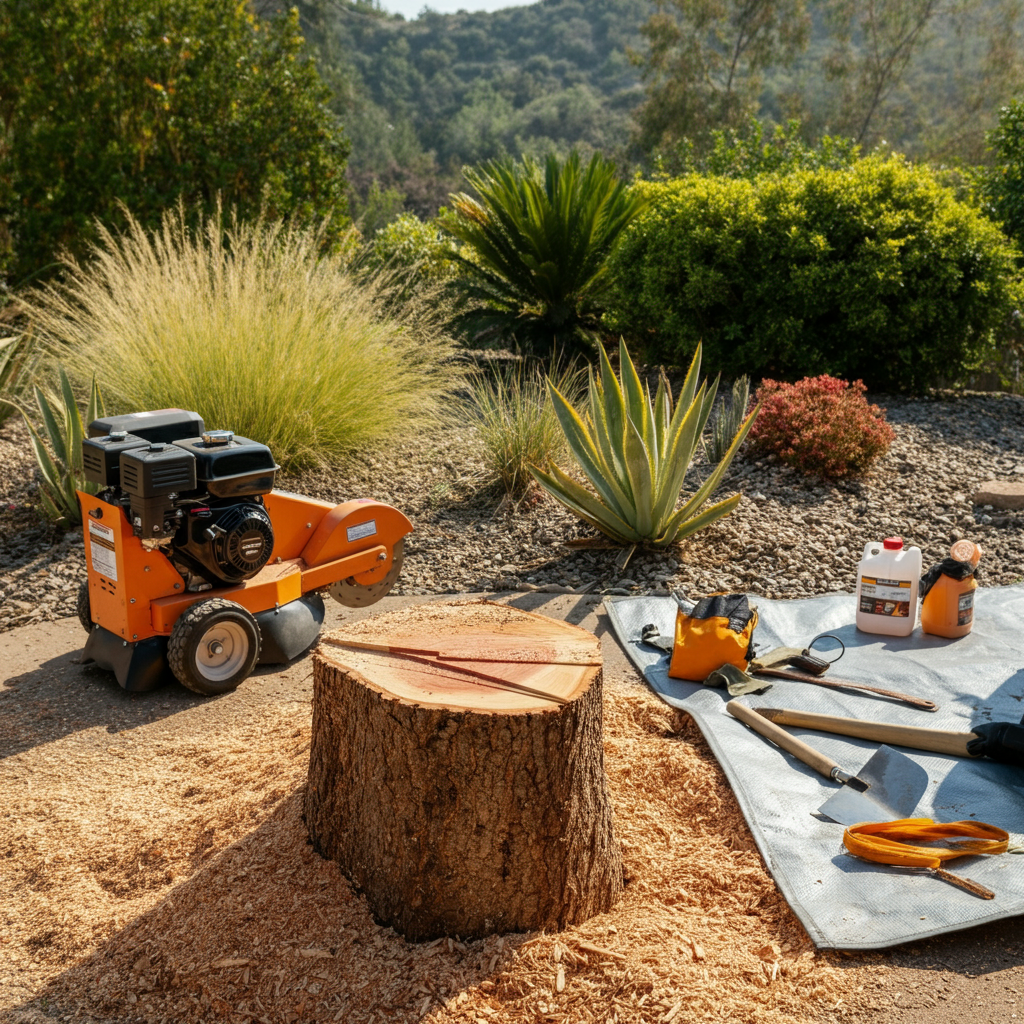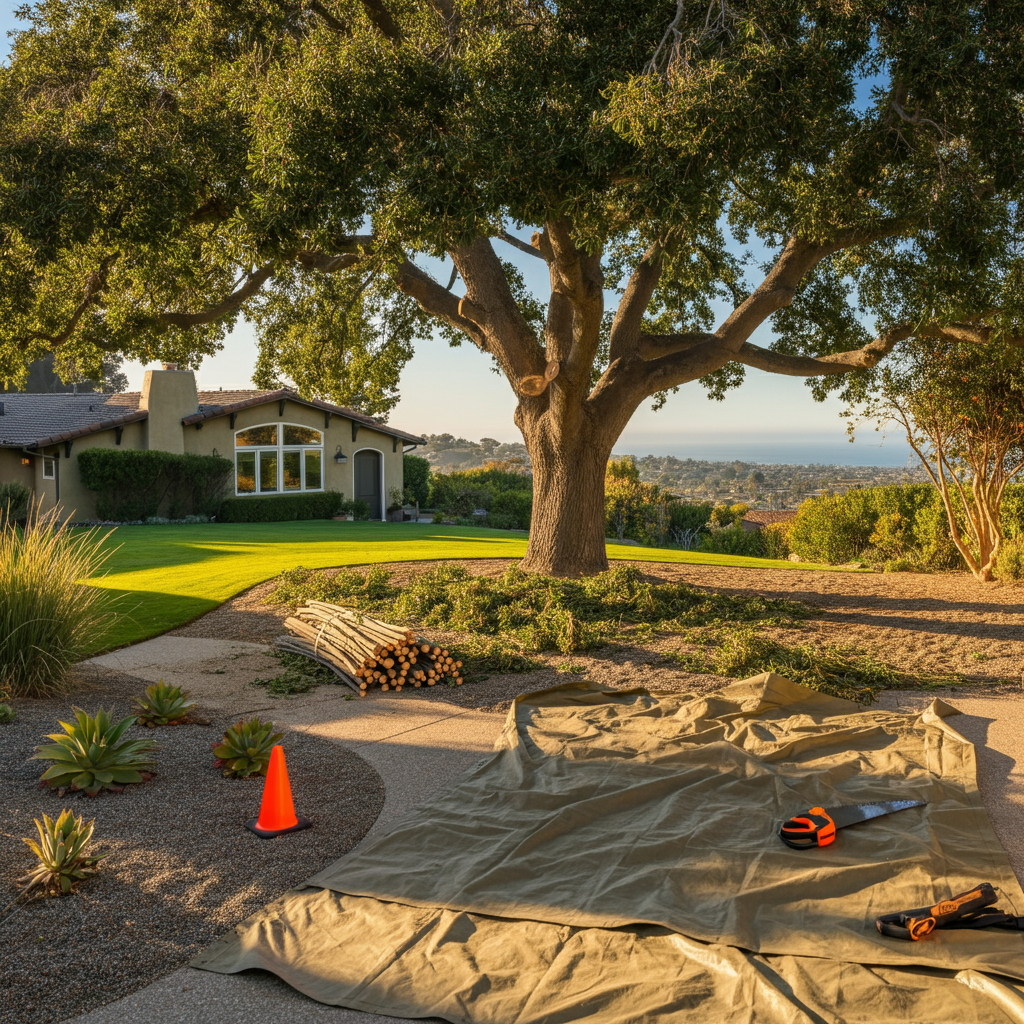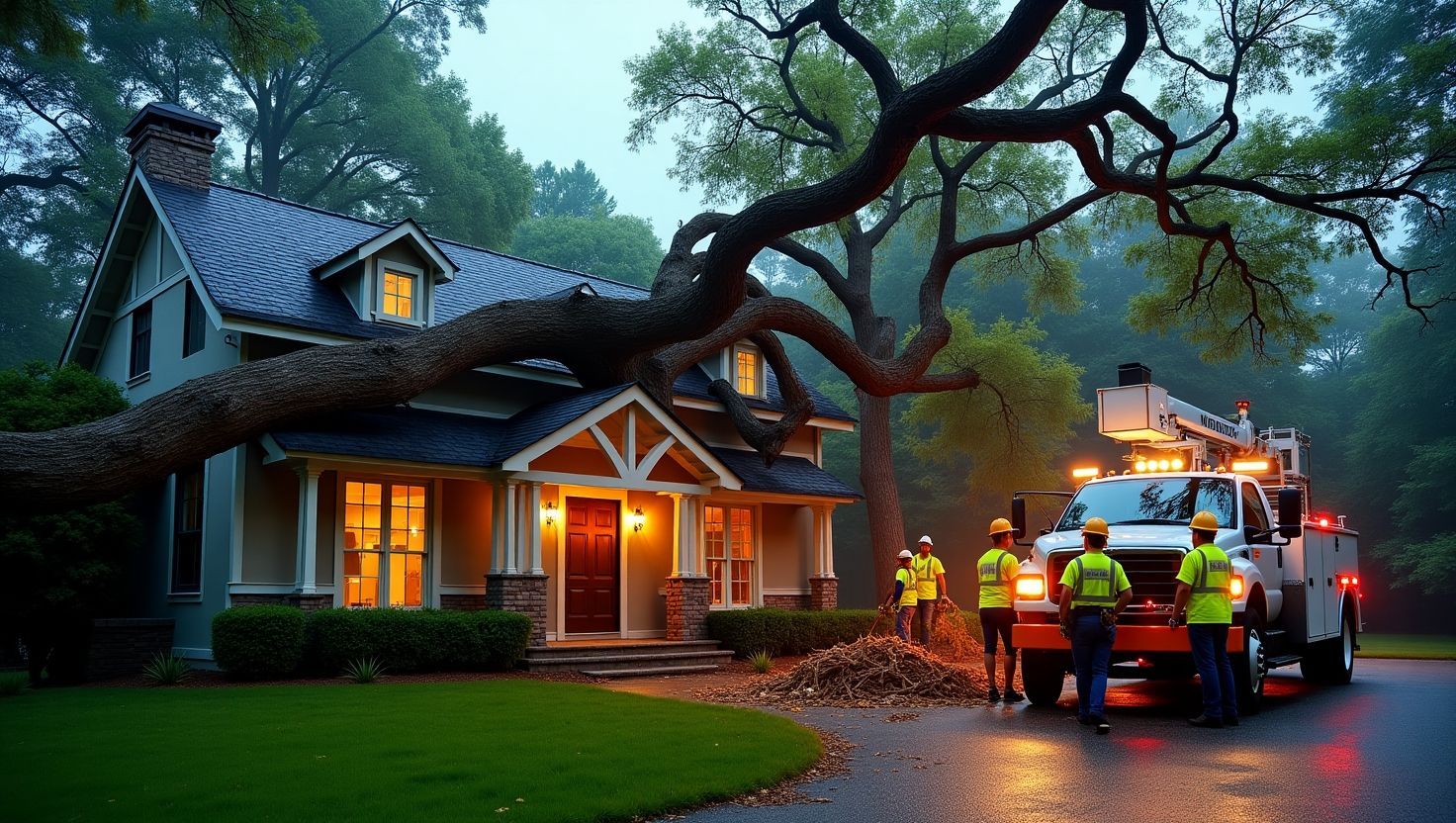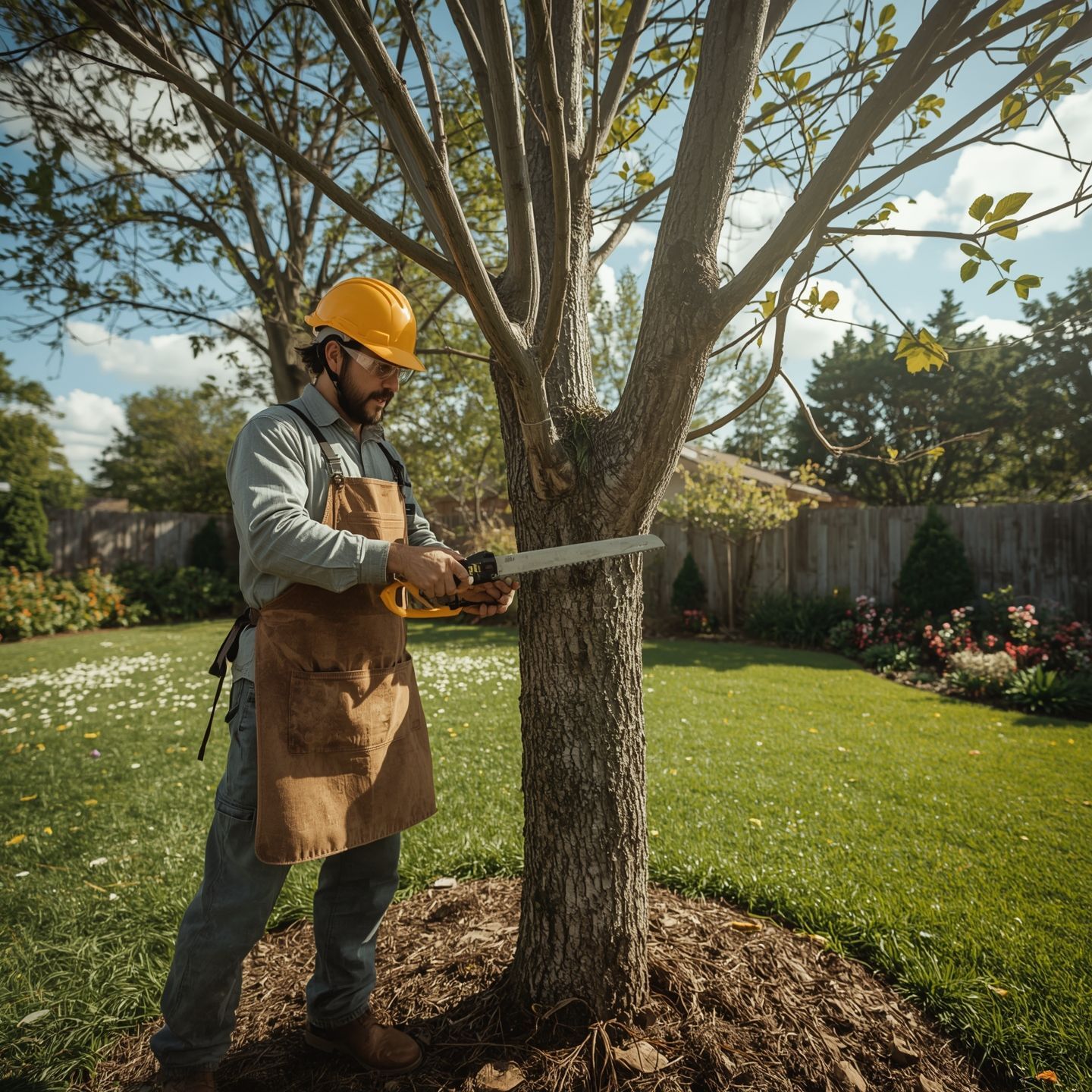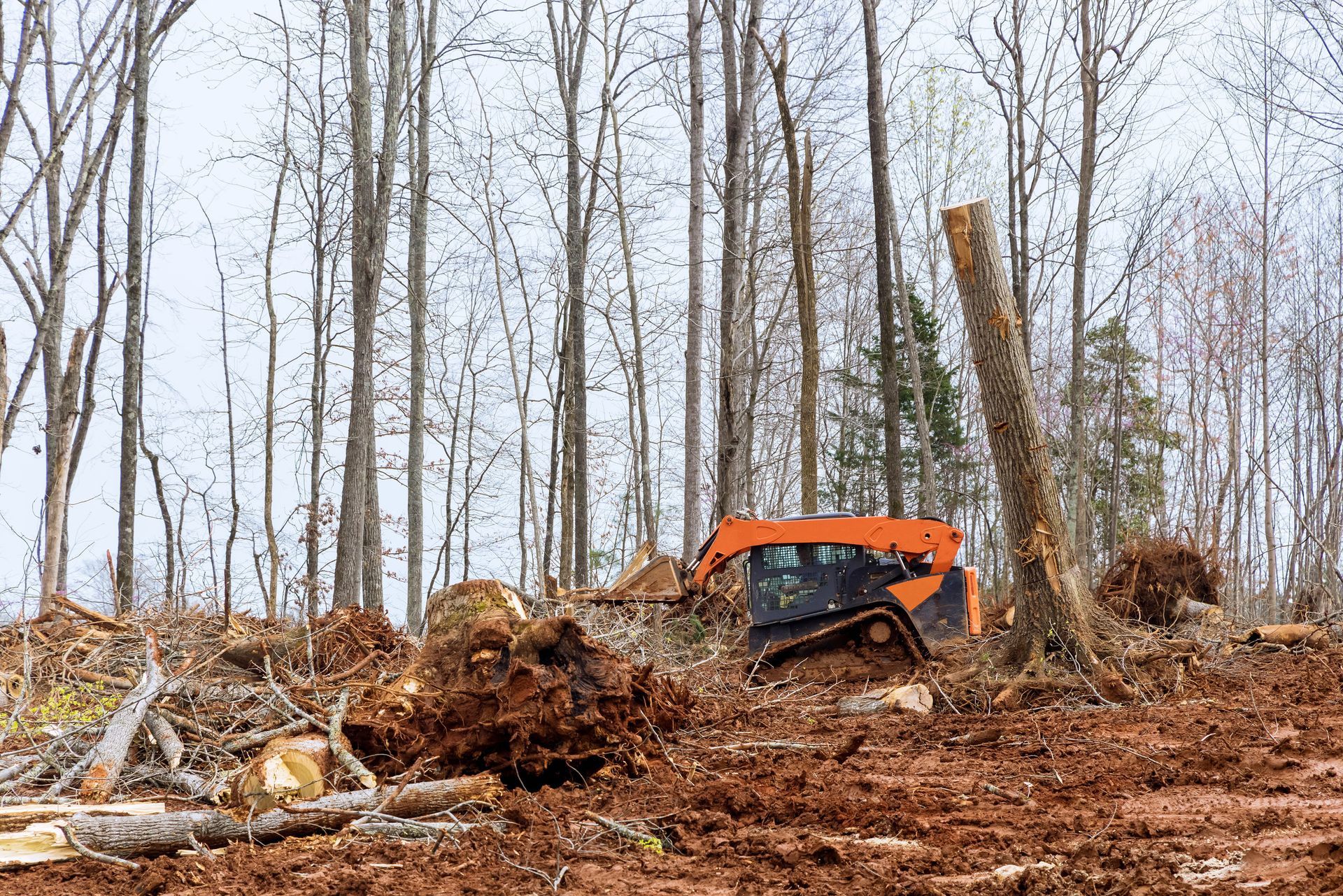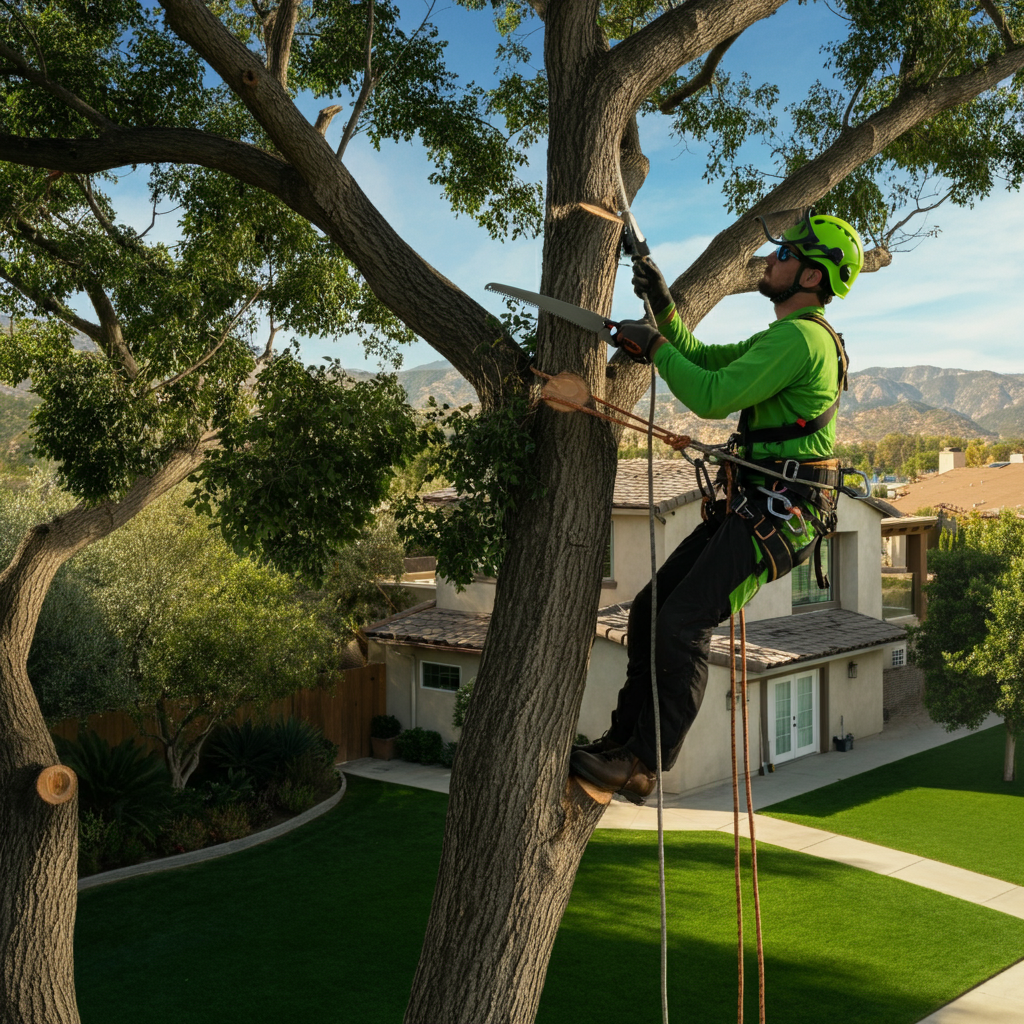Stop Ignoring That Leaning Tree: When Removal Is the Smart (and Safe) Move
That tree in your yard has always had a bit of a lean, but lately, it seems more pronounced. You brush it off, thinking it’s just the way it grew. But a leaning tree is often more than a quirky feature—it’s a silent warning sign. A tree that seems stable one day can fail the next, especially during a storm or high winds, posing a significant threat to your home, vehicles, and loved ones. Ignoring it isn't just risky; it can be a costly mistake.
Understanding the difference between a harmless lean and a hazardous one is key to protecting your property and ensuring peace of mind. This guide will walk you through the warning signs, explain when removal is the smartest move, and show you what professional tree service looks like.
Why Do Trees Lean in the First Place?
Not every leaning tree is a ticking time bomb. Some trees naturally grow at an angle to reach sunlight, a phenomenon known as phototropism. Others might have developed a lean early in life and have since built a strong, supportive root system to compensate. However, a new or worsening lean is a major red flag.
Common causes for a dangerous lean include:
- Storm Damage: High winds and heavy rains can saturate the soil and put immense pressure on a tree’s structure, causing it to shift.
- Poor Soil Conditions: Loose, sandy, or overly wet soil may not provide the firm anchor a tree’s roots need to hold it upright.
- Root Problems: Damaged, diseased, or shallow root systems are a leading cause of instability. Nearby construction, digging, or soil compaction can sever critical anchor roots.
- Improper Pruning: Unbalanced or overly aggressive pruning can shift a tree’s center of gravity, making it top-heavy and prone to leaning.
- Disease or Pest Infestation: Fungi, pests, and diseases can rot the trunk and roots from the inside out, weakening the tree's structural integrity.
Red Flags That Signal a Tree Is a Hazard
How can you tell if a leaning tree is an immediate danger? Look for these critical warning signs. The presence of even one of these signs warrants a professional assessment right away.
- Heaving Soil: Look at the base of the tree on the side opposite the lean. If you see raised or cracked soil, it’s a sign the root plate is lifting out of the ground. This is a strong indicator of imminent failure.
- Exposed Roots: Large, exposed roots around the base, especially if they appear broken or decayed, mean the tree's anchor is compromised.
- Cracks or Splits in the Trunk: Deep vertical cracks, especially on the leaning side, show that the wood fibers are under extreme tension and are starting to fail.
- Sudden or Worsening Lean: A tree that develops a lean quickly (e.g., after a storm) or one whose lean has noticeably increased over a short period is extremely unstable.
- Dead or Falling Branches: An abundance of dead branches (also called "dieback") in the canopy often points to a larger health issue, such as root rot or disease, that could be causing the lean.
If you spot these issues, it is time to consider professional intervention. For homeowners in Southern California, a consultation for tree removal in Riverside, CA can provide a clear diagnosis and a safe path forward.
When Is Tree Removal the Smart and Safe Choice?
While saving a tree is always the preferred option, there are times when removal is the only responsible decision. Postponing the inevitable only increases the risk of property damage and personal injury.
Removal becomes non-negotiable when:
- The Tree Poses a Clear Risk: If the tree is leaning precariously over your home, driveway, power lines, or a neighbor’s property, the risk outweighs any benefit of keeping it.
- More Than 50% of the Tree Is Damaged: A tree with extensive decay, large cavities in the trunk, or significant dieback is unlikely to recover and is structurally unsound.
- The Root System Is Critically Compromised: Signs like heaving soil or major root decay mean the tree has lost its foundation. No amount of pruning or cabling can fix a failed root system.
- The Lean is Greater Than 15 Degrees: While not a universal rule, arborists often consider a lean of 15 degrees or more from vertical a serious concern that requires immediate evaluation.
In these situations, a professional tree removal Riverside service is not just a good idea—it’s essential for safety.
The Professional Tree Removal Process
So, you’ve decided removal is necessary. What should you expect? A professional tree removal company doesn’t just show up with a chainsaw. The process is methodical and prioritizes safety above all else.
- Assessment and Planning: A certified arborist will inspect the tree, assess its condition and location, and identify potential hazards like power lines or nearby structures. They will then map out the safest way to bring it down.
- Permitting: Depending on your location and the tree’s species or size, a permit may be required. For example, some cities have ordinances protecting certain "heritage" trees. A professional service handles the paperwork for tree removal in Riverside, CA to ensure full compliance.
- Rigging and Dismantling: For trees in tight spaces, crews use specialized rigging equipment, ropes, and pulleys. They carefully dismantle the tree piece by piece, lowering large limbs securely to the ground to prevent damage. Cranes may be used for very large or hazardous trees.
- Stump Grinding and Cleanup: After the tree is down, the stump is typically ground down below the soil level. The crew then cleans the area, raking up debris and hauling away all wood, leaving your property neat and tidy.
Why You Need a Local Pro: Choosing Reg’s Tree Service
When it comes to something as dangerous as removing a large, leaning tree, you can't afford to take chances with an inexperienced or uninsured operator. This is where choosing a trusted, local professional like Reg’s Tree Service makes all the difference. We have built our reputation on a foundation of safety, expertise, and customer satisfaction.
At Reg’s Tree Service, we understand the unique challenges of our local environment. Our certified and insured crews specialize in a comprehensive range of services designed to handle any situation with precision and care.
- Safe & Hazardous Tree Removal: Whether it’s a leaning giant threatening your home or a diseased tree in a tricky spot, we have the modern equipment and advanced techniques to dismantle it safely.
- Stump Grinding: We don’t leave an unsightly stump behind. Our powerful grinders turn it into mulch, allowing you to reclaim your yard for new planting or landscaping.
- 24/7 Emergency Response: Storms don’t operate on a 9-to-5 schedule, and neither do we. If a tree falls on your property, our emergency team is ready to respond quickly to secure the area and remove the hazard.
Choosing us for tree removal means you’re partnering with a team that puts safety first. Our ISA-trained principles guide our certified crews, who use a meticulous, safety-first process on every job. We provide transparent, upfront pricing, so you know exactly what to expect. Our long list of positive reviews from your neighbors speaks for itself. Don’t wait for a leaning tree to become a disaster.
Take the first step toward securing your property. Get a free quote today - call us at (951) 479-7780 or request a quote online.

